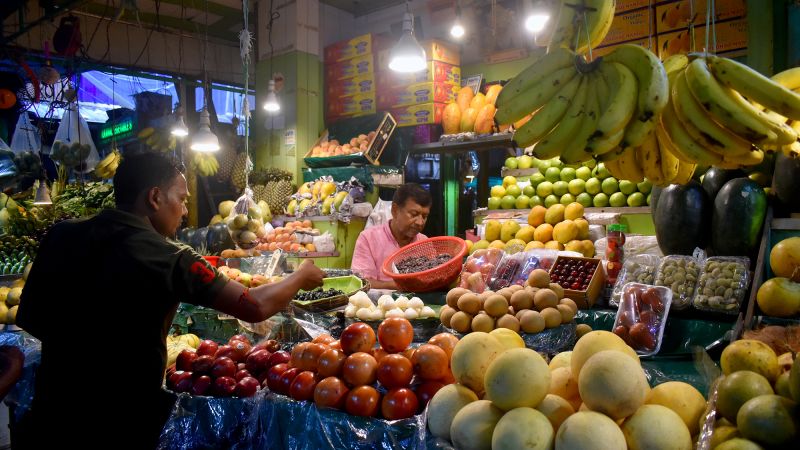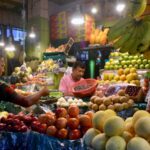The carrots in your grocery cart cost nearly twice what they did last summer. Bread prices have jumped 40% in two years. Coffee now requires a small loan. These aren’t isolated incidents but part of a troubling global pattern as climate change tightens its grip on food production worldwide.
Extreme weather events—once considered rare occurrences—have become the new normal for farmers across six continents. The economic ripple effects are now hitting consumers with unprecedented force as crop failures and reduced yields drive food inflation to levels not seen in decades.
“We’re witnessing the economics of climate change playing out in real-time at the checkout counter,” explains Dr. Miranda Chen, agricultural economist at the University of Toronto. “What makes this inflation different is its persistence and global reach. Traditional economic tools are proving insufficient against climate-driven scarcity.”
Recent data from the World Agricultural Organization shows global food prices have increased 28% since 2023, with staples like wheat, rice, and vegetable oils seeing the steepest climbs. Canadian households now spend approximately 15% more on groceries than pre-pandemic levels, with climate impacts responsible for nearly half that increase according to Canada’s Climate Institute.
The hardest hit regions tell a stark story about climate vulnerability. California’s ongoing megadrought has decimated vegetable production, while unprecedented flooding across Southeast Asia’s rice-growing regions has destroyed millions of hectares of cropland. European wheat harvests have fallen by nearly 30% following three consecutive years of record-breaking heat.
“We’ve entered an era where weather extremes are no longer exceptions but expectations in our financial forecasting,” notes Jamila Osei, chief sustainability officer at Global Foods Corporation. “Companies that previously considered climate adaptation optional now view it as existential.”
For consumers, the price increases are creating new economic pressures. A CO24 News survey found 68% of Canadian families have changed their eating habits due to food inflation, with lower-income households disproportionately affected. Many have reduced meat consumption, shifted toward cheaper staples, or started growing vegetables at home.
Policy responses remain fragmented. While the European Union has launched a €15 billion agricultural resilience fund, and Canada has introduced tax incentives for climate-adaptive farming, the United States remains deadlocked on comprehensive climate legislation. Developing nations, meanwhile, face potential food insecurity without substantial international support.
“The challenge requires coordinated global action,” argues Dr. Chen. “Individual countries can’t solve this through isolated policies. We need international agricultural cooperation on an unprecedented scale.”
Some innovative solutions are emerging from the crisis. Vertical farming operations have expanded 300% globally since 2022, providing climate-controlled alternatives for vulnerable crops. Drought-resistant seed varieties are showing promise in field trials. Consumer shifts toward plant-based proteins offer potentially more climate-resilient dietary options.
Agricultural economists project food prices will continue rising at above-average rates for at least the next five years as climate impacts intensify. The UN’s Food and Agriculture Organization warns that without dramatic emission reductions and adaptation investments, global food production could fall by up to 30% by 2050.
The situation raises profound questions about food security and economic stability. As climate change transforms from an abstract concern to a daily economic reality, will governments finally implement the systemic changes needed to protect our food systems, or will consumers simply be left to absorb ever-increasing costs at the grocery store?























